BP want’s to deny the presence of a deepwater oil plume in the Gulf of Mexico. The very oil plume both predicted by models published in 2003. The very oil plume that the massive amounts of dispersant injected at depth created to prevent oil from washing ashore. Even the government wants to deny the existence of any major oil in the Gulf of Mexico.
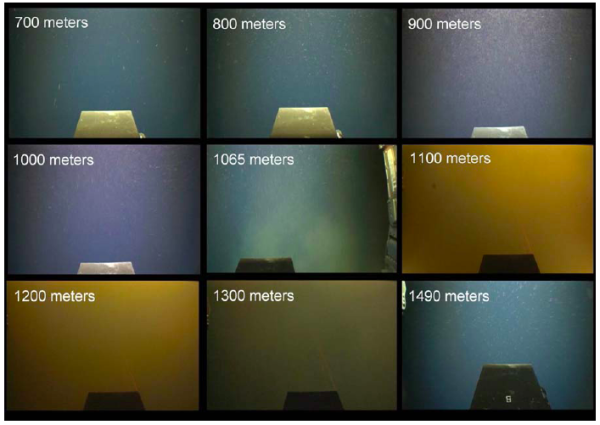
Research by a team led by Richard Camilli at Woods Hole Oceanographic Institute published today in Science provides concrete and damning evidence of a deepwater oil plume at 1100 meters depth that persisted for months in the Gulf of Mexico. In late May and early June the group made observations of a substantial subsurface layer of oil between 1030 and 1300 meters near the Deepwater Horizon well site utilizing a remote operated vehicle (figure above). From the 19th to the 28th of June, the researchers used both an autonomous underwater vehicle and a rosette both equipped with a mass spectrometer to detect selected petroleum hydrocarbons and oxygen anomalies as a result of the plume. In total, 5800 discrete measurements over 235 kilometers were taken.
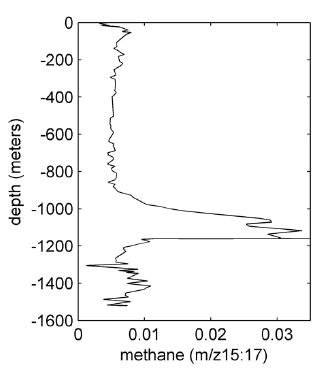
At a distance 4 kilometers from the spill site a dense plume was detected between 1000 and 1200 meters and a diffuse plume between 50 to 500 meters. The data also indicate that at the time monitored the plume was near 200 meters high, in areas 2 kilometers in width, and extended 35 kilometers from the source. However, the authors note that the amount encountered 35 kilometers from the source was only 53% less than encountered 5.8 kilometers from the source, and “therefore it appears likely that the plume extend considerably beyond the survey bound.”
Peaks in aromatic hydrocarbons such a benzene (figure below) and toluene were discovered deep. As the authors note “the aromatic hydrocarbons, often associated with adverse biological effects, may be in greater abundance at depth.” Based on the measurements of concentrations of benzene, toluene, ethylbenzene, and total xylenes (BTEX), the authors conclude “that even if all of the natural [methane cold] seeps in the Gulf of Mexico were flowing into the plume, it would support less than half of the BTEX found in the plume.”
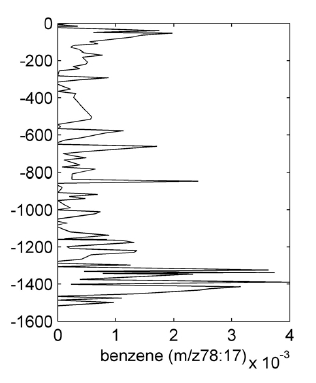
At the time of sampling no depreciable reduction in oxygen concentration, an indicator of microbial respiration, was detected. However, the authors caution that microbial biodegradation of the hydrocarbons may require months to significantly reduce oxygen in the water column and potentially negatively impact Gulf fisheries.
Richard Camilli, Christopher M. Reddy, Dana R. Yoerger, Benjamin A. S. Van Mooy, Michael V. Jakuba, James C. Kinsey, Cameron P. McIntyre, Sean P. Sylva, & James V. Maloney (2010). Tracking Hydrocarbon Plume Transport and Biodegradation at Deepwater Horizon Science : 10.1126/science.1195223
Share the post "Scientists With Data Agree…A Deepwater Oil Plume Exists in the Gulf"




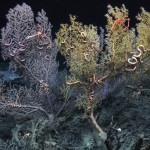
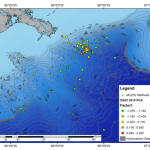
Clearly there’s a conglomeration of deep water farting squid…
Of Course BP will deny the presense of an oil plume in the Gulf. Now that it’s not on the national news every night, BP will do what every it can to make the disaster seem less then what it was. We need more articles like this to keep the light shining on the true scope of the disaster.
Well Jlem that is a good idea though i think these gas filled squid are being consumed by Sperm whales. So what we are seeing is a mix of squid gas and Sperm whale shit.